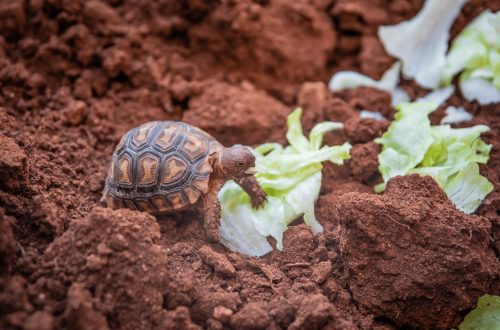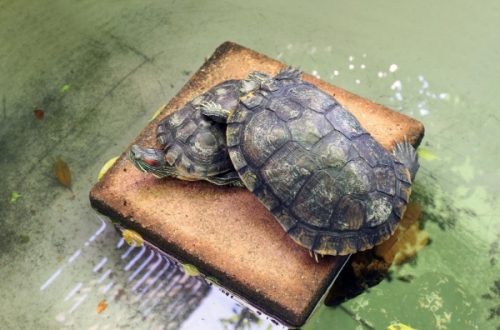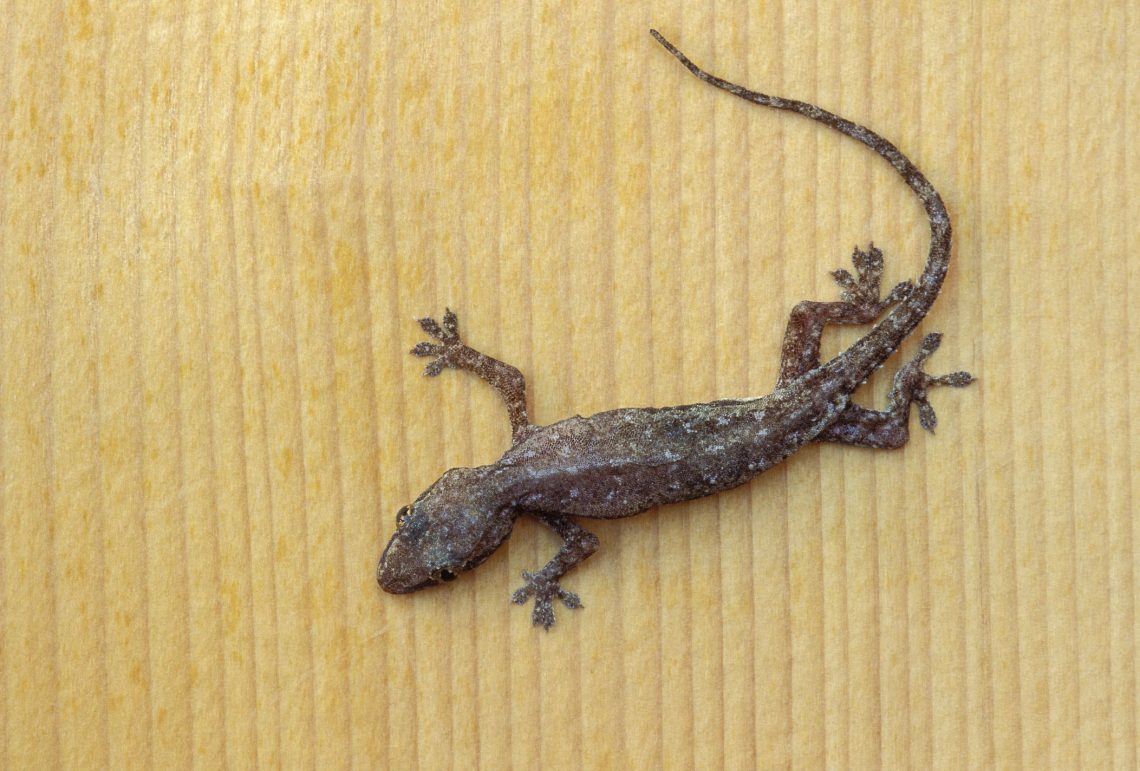
Geckos: maintenance and care at home
The gecko is a funny nimble lizard. Its habitat is wide – tropical forests and deserts, canyons and caves, mountains of the Caucasus. The size of geckos depends on the species. There are very small representatives, whose body length is only 3,5 cm. And there are those who reach 35 cm.
The body of the lizard is covered with small scales. They are large and small, arranged like tiles on a roof or overlapping, like a fish. The color depends on the habitat. In nature, geckos have many natural enemies, so the skin is a tool of protection and a guarantee of survival. Spotted coloring of brown shades helps geckos hide among stones, rocks, sands. Tropical views are perhaps the most attractive. Turquoise, lemon, bright green color makes them invisible among bright flowers and foliage.
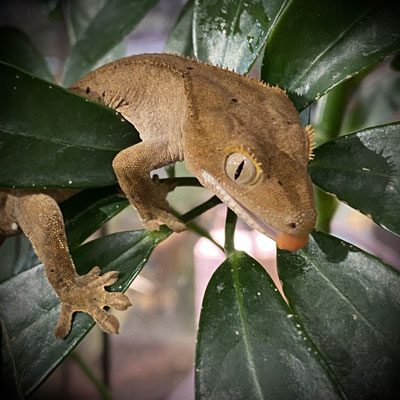

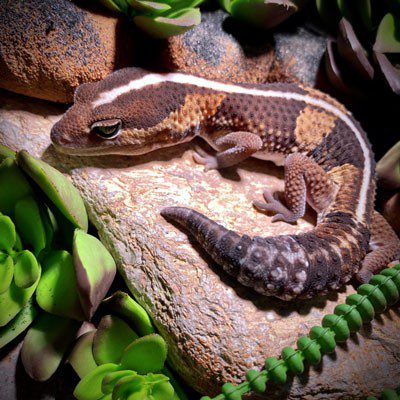
Geckos have an unusual structure of paws and body. The head, relative to the body, is quite large. The tail is of medium length, the legs rest on five flat fingers. From the inside they are covered with self-cleaning plates. Scientists are still struggling with the work of this natural mechanism. With the help of these horny growths, the lizard can stay on steep surfaces and even on the ceiling. Gecko lovers are aware of the ability of pets to hang on one paw without compromising health.
Their eyes are large and protruding. But they don’t blink because the eyelids are fused. The exception is the leopard gecko. These lizards clean their eyes with their tongue. Their vision is full color. Pupils dilate in the dark. They hunt well in the dark. After all, most species lead a twilight or nocturnal lifestyle.
The structure of the vocal cords helps animals make a variety of sounds. This is a whistle, a click, a squeak. During the mating season, males are especially active and diligently “sing” for their ladies.
Contents
Containment Equipment
Terrarium
To keep a gecko in the house, you need to purchase a terrarium. What it will be – vertical or horizontal – depends on the origin of your pet. For desert geckos, a horizontal terrarium is installed. For tree-dwelling lizards, choose a vertical model.
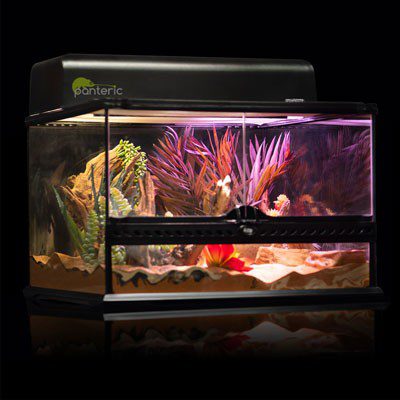
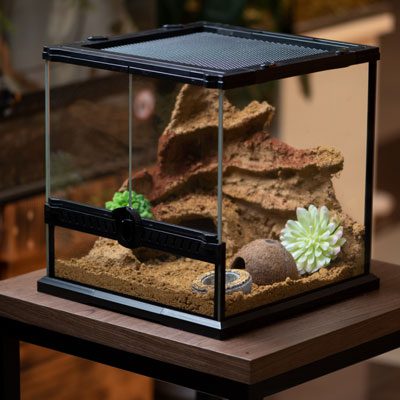
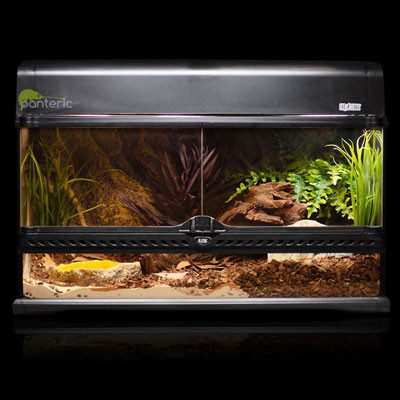
Heating
The temperature in the terrarium must be maintained such that is familiar to a particular species. In the hot tropics – it is 25-30 ° C during the day, and at least twenty – at night. Desert species of lizards feel comfortable at daytime temperatures of at least 35°C, at night – 18-20°C.
Ground
For sandy species, sand is placed at the bottom of the terrarium. In it, they will be able to dig holes, hide in small decorative shelters. For tree geckos – felzum, currents – it is necessary to create an atmosphere of a tropical rainforest. Choose a substrate from moss, coconut flakes. Care must be taken to ensure that the soil is slightly damp, not wet. The appearance of mold and fungi will adversely affect the health of the pet.
shelters
Terrariums are decorated not just for beauty and comfort, but to create a place for the lizard to move around. Tree geckos will love snags, hollow bamboo tubes that they can use to move around during the day. Live plants will be a good addition to a tropical terrarium. For eublefars, install decorations in the form of caves in which lizards will hide with pleasure. Desert species are happy to dig holes.
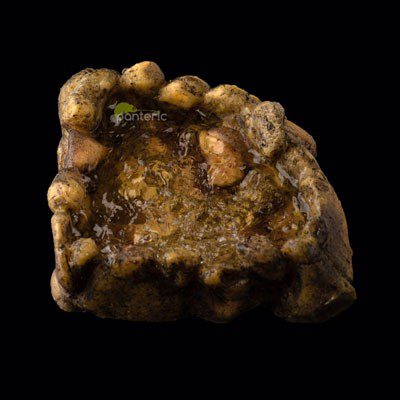
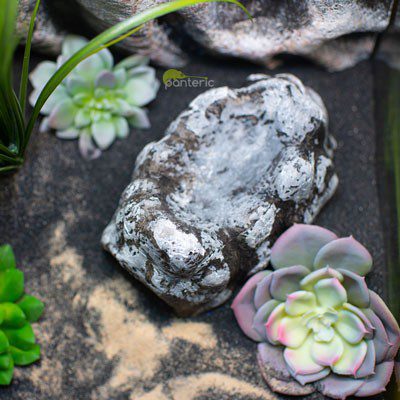
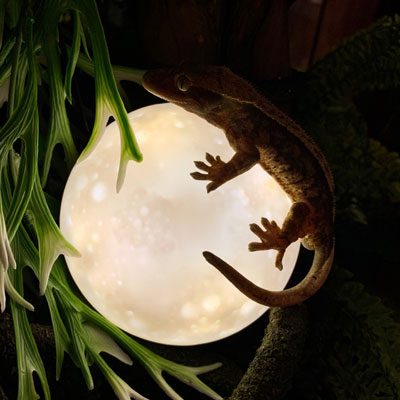
World
Ultraviolet is needed only for diurnal species, for example, felsums. Without a sufficient level of vitamin D, calcium ceases to be fully absorbed. The lizard can get sick. On average, daylight hours for geckos are done within 12 hours. To illuminate the terrarium at night, you can purchase a Full moon lamp. It is beautiful and the pet will be comfortable.
Water
The tropics have very high humidity. Therefore, for tree geckos, it must be maintained at 70%. For desert geckos, 40-60% is enough. A rainfall system or regular watering will help maintain it. Better use distilled water. Then plaque will not accumulate on the glass. Some geckos lick moisture from plants. For others, for example, leopard ones, you will need to install a separate drinker.
Ventilation
A well-ventilated terrarium is the key to your pet’s health. Air must circulate, not stagnate. The stale air is a suitable environment for the development of bacteria.
Food
Geckos are very voracious animals. Their diet is varied. Some large species even eat small rodents, snakes and eggs.
At home, pets are fed on average two to three times a week. The frequency depends on the age and size of the individual – the larger, the less often it feeds. Live insects are served with special tweezers or simply in a separate container. To maintain the balance of trace elements, regularly give your pet vitamin supplements. This is especially true for females during the breeding season.
Reproduction
Geckos reach sexual maturity at around 10 months of age. But, if you are thinking about breeding, then it is better to wait until the individuals reach two or three years. Almost all species are oviparous. The green New Zealand gecko is a viviparous species. Cubs are born very tiny.
Females attach the clutch directly to the ground, pieces of bark or shelters. The maternal instinct in these lizards is poorly developed. Mom rarely visits the eggs to warm them. Incubation takes up to 200 days.
Newborn geckos can injure each other, so it is best to seat them separately. Sometimes females eat young or pieces of shell. Avoid calcium deficiency to avoid this. During the breeding season, add more calcium to the animal’s diet.
Here you can find out more about the reproduction of ciliated banana-eaters.
Lifespan
If you properly care for and take care of the health of your pet, then he can live up to twenty years. The average life expectancy of geckos of different species is about 10 years.
In nature, geckos live in colonies. But it is difficult to call them fully social animals. The family usually consists of a male and a pair of females. Lizards fight desperately for their territories. During the breeding season, they become aggressive. Males swell up when they meet, open their mouths wide and emit a hiss.
Gecko houses can be kept in groups or alone. To avoid fights and mutilations, adhere to the order established by nature. Keep a heterosexual pair or a male and two females in the same terrarium.
Health maintenance
Geckos are quite unpretentious creatures, but even they require careful attention. They are very clean. For the toilet, they choose a special corner, away from their “bed”. It is important to regularly clean the terrarium and change parts of the substrate. So bacteria will not accumulate in the space.
The indicator of health is the tail of a lizard. In it, she accumulates fat and water “in reserve”. Dense, smooth and shiny indicates that the gecko is all right. If there is little food or it is of poor quality, the tail becomes thinner, the lizard becomes lethargic. Watch carefully for any changes in behavior.
All geckos shed periodically. First, the color of the animal brightens. When the skin becomes colorless, the gecko rips it off. In a few hours, he will again shine with his bright outfit.
Geckos are cold-blooded animals and do not keep themselves warm. Arrange a heating point in the terrarium for your pet – a place where the temperature is higher. There he will be happy to rest and bask.

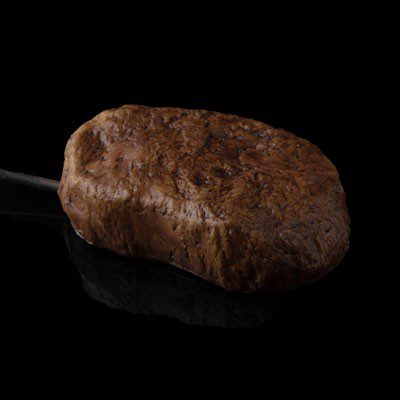

Communication with the gecko
These lizards, as a rule, quickly get used to a person. After the process of adaptation and addiction, you can carefully pick them up. But during the mating season they are aggressive. They hiss, emit a menacing whistle. The bite is not dangerous, but unpleasant. It will be difficult to open the jaws without damaging the pet. You will have to wait until the animal releases you on its own. Do not pick up the animal by the tail – it may fall off. The new one will not be as beautiful, and some species do not grow it at all.
Geckos are a great choice for the budding exotic animal lover. They are bright, unpretentious, make interesting sounds. We will be happy to help you choose a pet, advise on care and maintenance. If you need to leave, and there is no one to leave with, specialists in our hotel will look after him.
In this article, we will explain how to care for an Iranian gecko at home. We will tell you how long lizards of this species live, what they need to be fed.
In this article – the nuances of the maintenance of fodder insects, the features of their maintenance and feeding!
The bearded dragon is an obedient and easy-to-care pet. In the article, we have collected the most important information on how to properly organize the life of an animal.



